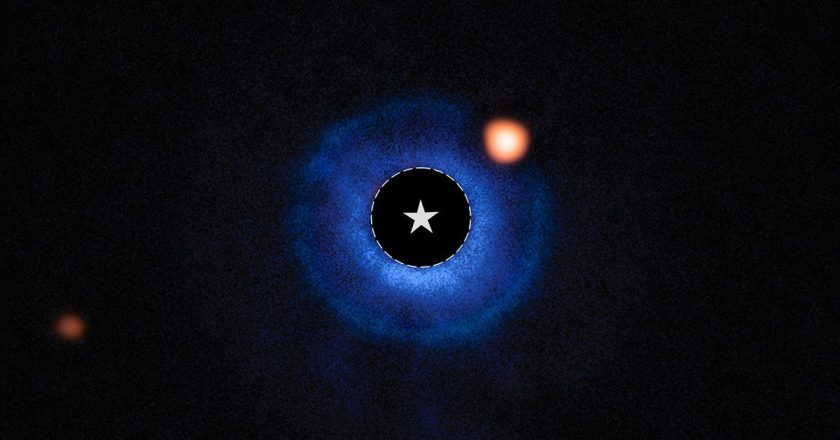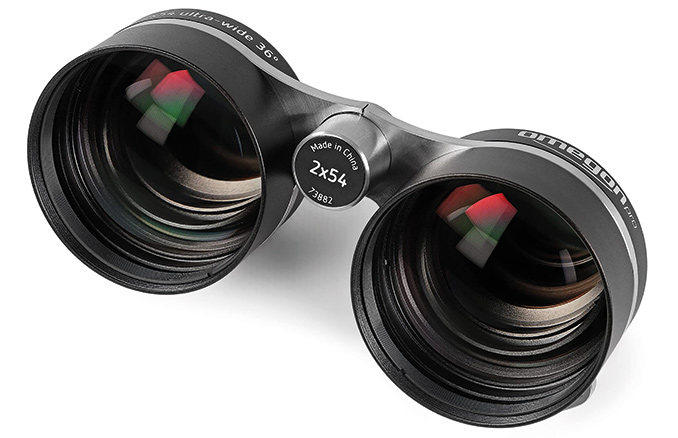Webb Directly Images A Saturn-Sized Star In A Nearby System
One of Webb’s strong points is its ability to directly image planets around another solar system. The telescope has been in operation for long enough now that a flood of those images are starting, as more and more systems come under the telescope’s gaze. One of those is described in a recent paper and press release from NASA. According to the paper, the planet in a nearby system is about the size of Saturn, which would make it the smallest planet ever found by direct observation.
The planet is located in TWA 7, a system located about 111 light years from Earth - a blink of an eye in galactic terms. Also known as CE Antliae, it is located in the constellation Antlia, hence its name. It garnered some attention in the astronomical community as of late due to its well-defined protopla...



